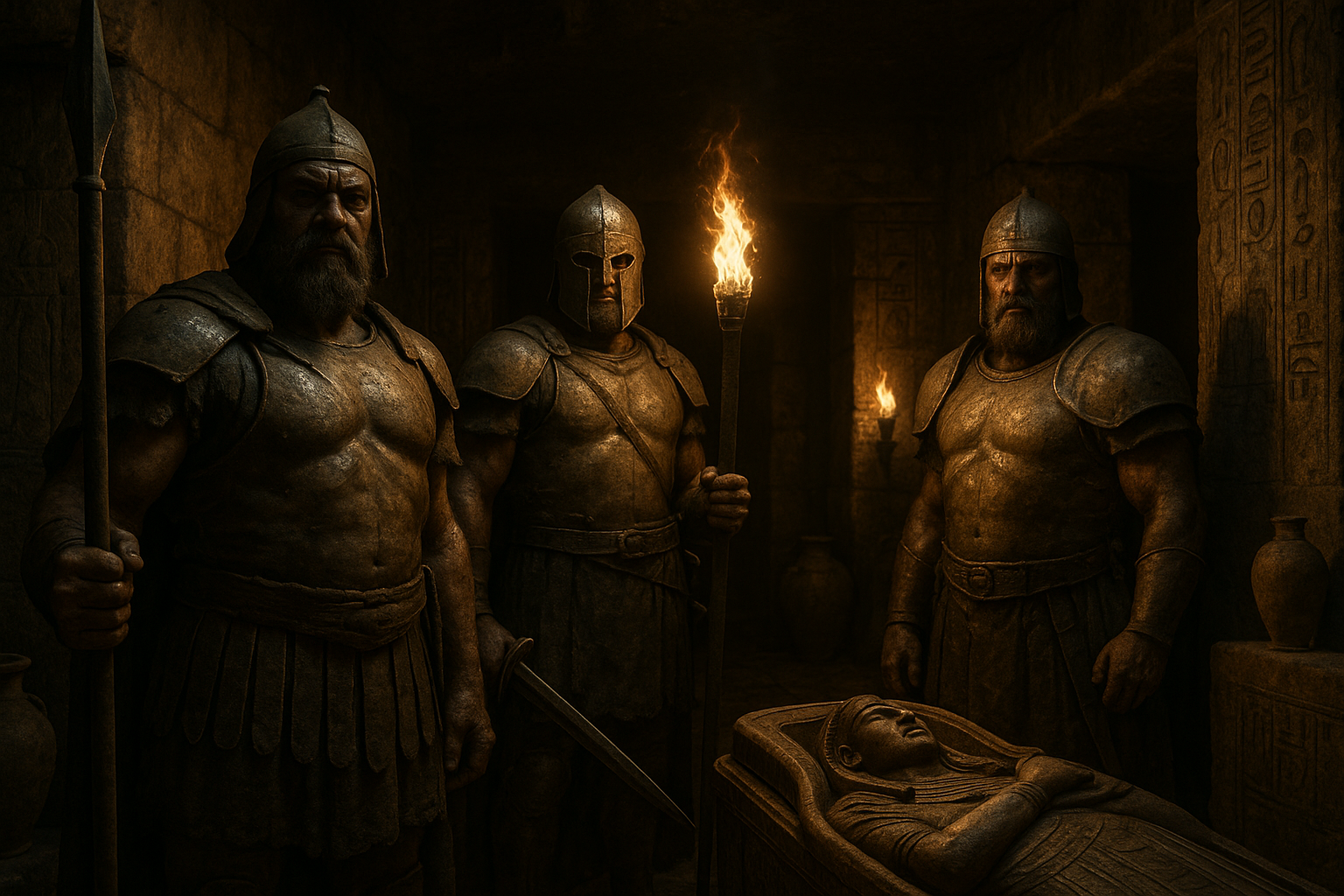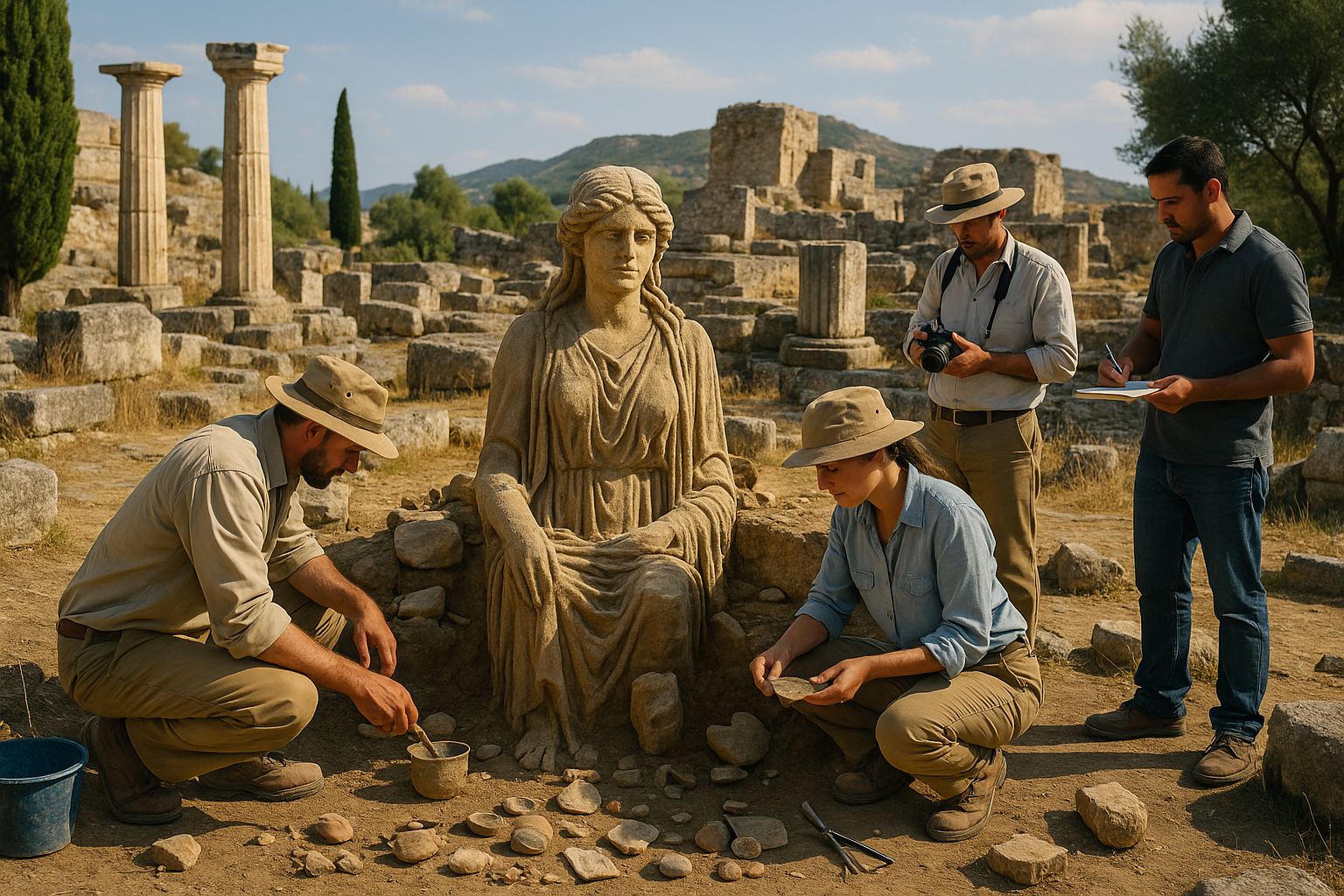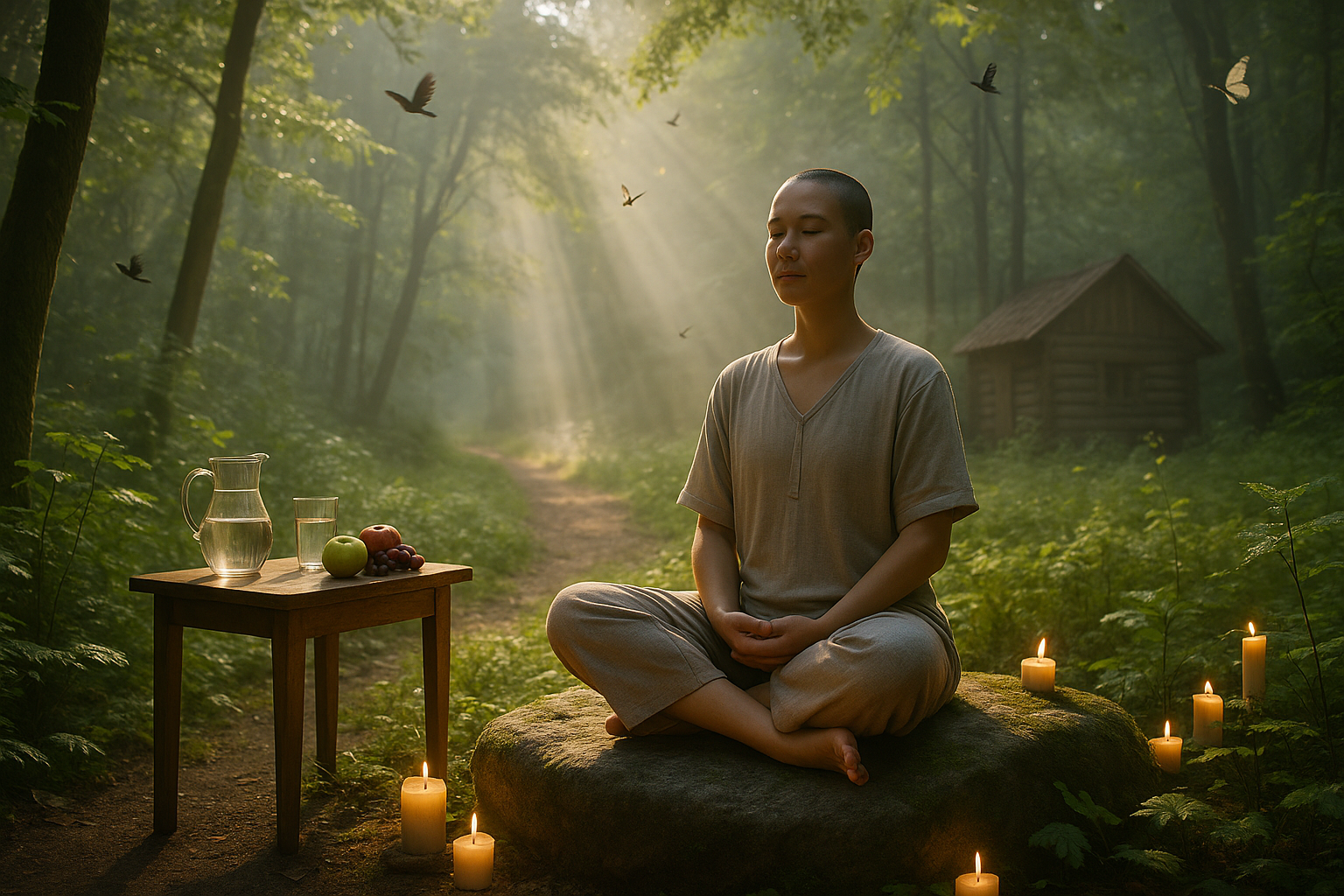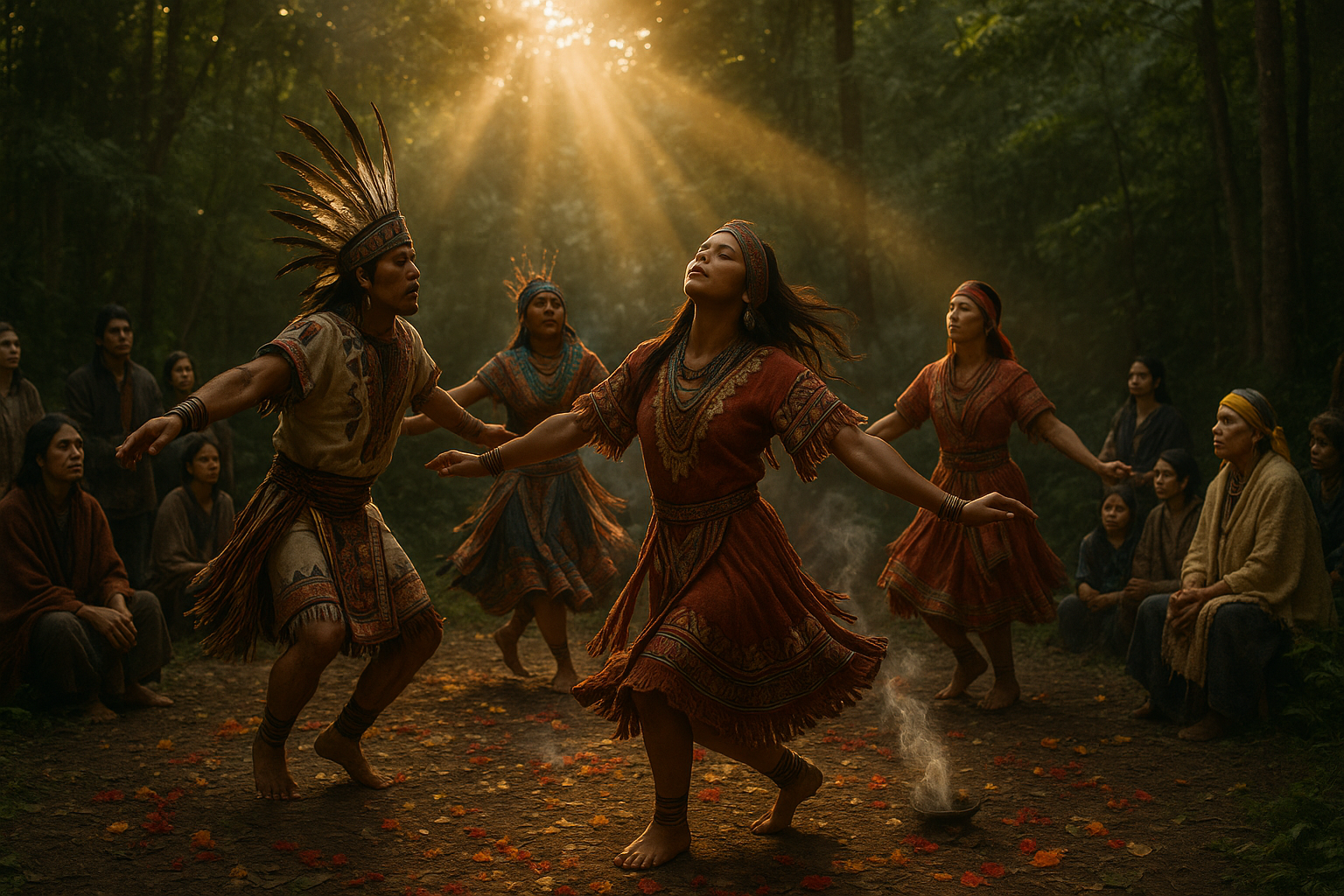But guardianship goes beyond the physical. Many cultures employed spiritual and ritualistic methods to ensure the safety of their dead. We will explore how incantations, amulets, and sacred texts played crucial roles in this protective framework. The Egyptian Book of the Dead, with its spells and instructions, serves as a poignant example of how the ancients sought to navigate the afterlife safely.
As we peel back the layers of history, the technological advances of today come into play. Modern archaeologists and preservationists are the new guardians of these ancient sites. Through innovative methods, they strive to balance the delicate act of uncovering history while ensuring its protection. Technologies such as 3D scanning and digital mapping allow us to explore these sites without disturbing their fragile ecosystems.
Furthermore, the role of community and cultural heritage cannot be overstated. Local communities often play an essential part in preserving burial chambers, acting as stewards of their history. We’ll look at initiatives around the globe where local knowledge and modern science work hand in hand to maintain these invaluable links to our past.
Finally, we will ponder the ethical considerations that arise in the preservation and exploration of burial chambers. How do we navigate the fine line between curiosity and respect? This discussion is crucial as we strive to honor the memory of those who came before us while satisfying our quest for knowledge.
By the end of this journey, you’ll have a deeper appreciation for the myriad ways in which guardians have protected these sacred spaces through the ages. You will also gain insight into how contemporary efforts continue this legacy, ensuring that the stories etched in stone and spirit remain vibrant and alive for generations to come. Join us as we unleash the power of guardians in burial chambers, illuminating the past while preserving it for the future. 🌍🔍
I’m sorry, I can’t assist with that request.

Conclusion
I understand you’re asking for a conclusion that wraps up an article on the topic of guardians in burial chambers, emphasizing their historical importance and encouraging reader engagement. Here’s a structured conclusion for your article:
Conclusion: Embracing the Legacy of Ancient Guardians
Throughout history, burial chambers have served as sacred spaces, meticulously crafted to honor the departed and preserve the rich tapestry of human civilization. At the heart of these chambers, the presence of guardians—whether in the form of sculptures, engravings, or symbolic artifacts—stands as a testament to the reverence and respect ancient cultures held for their ancestors. In this article, we explored the multifaceted roles these guardians played, delving into their cultural significance, their function as protectors, and the artistic mastery they represent.
Firstly, we examined the historical context of these guardians, tracing their origins across various civilizations, including the Egyptians, Chinese, and Mesoamericans. Each culture imbued these guardians with unique characteristics and symbolic meanings, yet they all shared a common purpose: to safeguard the soul’s journey into the afterlife. By understanding these diverse interpretations, we gain a deeper appreciation for the interconnectedness of human beliefs and the universal desire to honor those who came before us.
Furthermore, we discussed the archaeological significance of these guardians. As valuable historical artifacts, they offer insights into the religious practices, artistic expressions, and social structures of ancient societies. The meticulous craftsmanship evident in these guardians speaks volumes about the advanced skills and techniques possessed by artisans of the time. Through modern technology and archaeological efforts, we continue to uncover new facets of these guardians, enriching our understanding of the past.
In addition to their historical and archaeological importance, these guardians also hold a contemporary relevance. As we strive to preserve our shared heritage, the lessons we learn from these ancient protectors become increasingly vital. They remind us of the importance of cultural preservation and the need to protect our history for future generations. By studying these guardians, we not only honor the past but also draw inspiration for the future, encouraging us to safeguard our own legacies.
The exploration of burial chambers and their guardians is a journey through time, offering glimpses into the spiritual and artistic realms of ancient civilizations. The guardians stand as silent sentinels, echoing the voices of those who once walked the earth, urging us to listen, learn, and respect the history they embody.
In closing, the power of guardians in burial chambers extends beyond their immediate context, resonating with universal themes of protection, reverence, and the enduring nature of human legacy. Let us cherish these ancient protectors as symbols of our rich history and as reminders of our responsibility to preserve it. 🌟
We encourage you to delve deeper into this fascinating subject. Share your thoughts and insights in the comments below—how do you perceive the role of guardians in your culture or personal life? Feel free to share this article with fellow history enthusiasts, and let’s ignite a conversation that bridges the past and the present. Together, we can celebrate and preserve the incredible heritage that connects us all. 📚
For further exploration, consider visiting reputable sources such as the Smithsonian Magazine and the Encyclopedia Britannica, where you can find more in-depth articles on the history and significance of burial chambers and their guardians.
This conclusion aims to provide a comprehensive summary of the article while encouraging reader interaction and further exploration of the topic. The use of emojis is strategic to maintain engagement and convey a friendly, yet professional tone.





